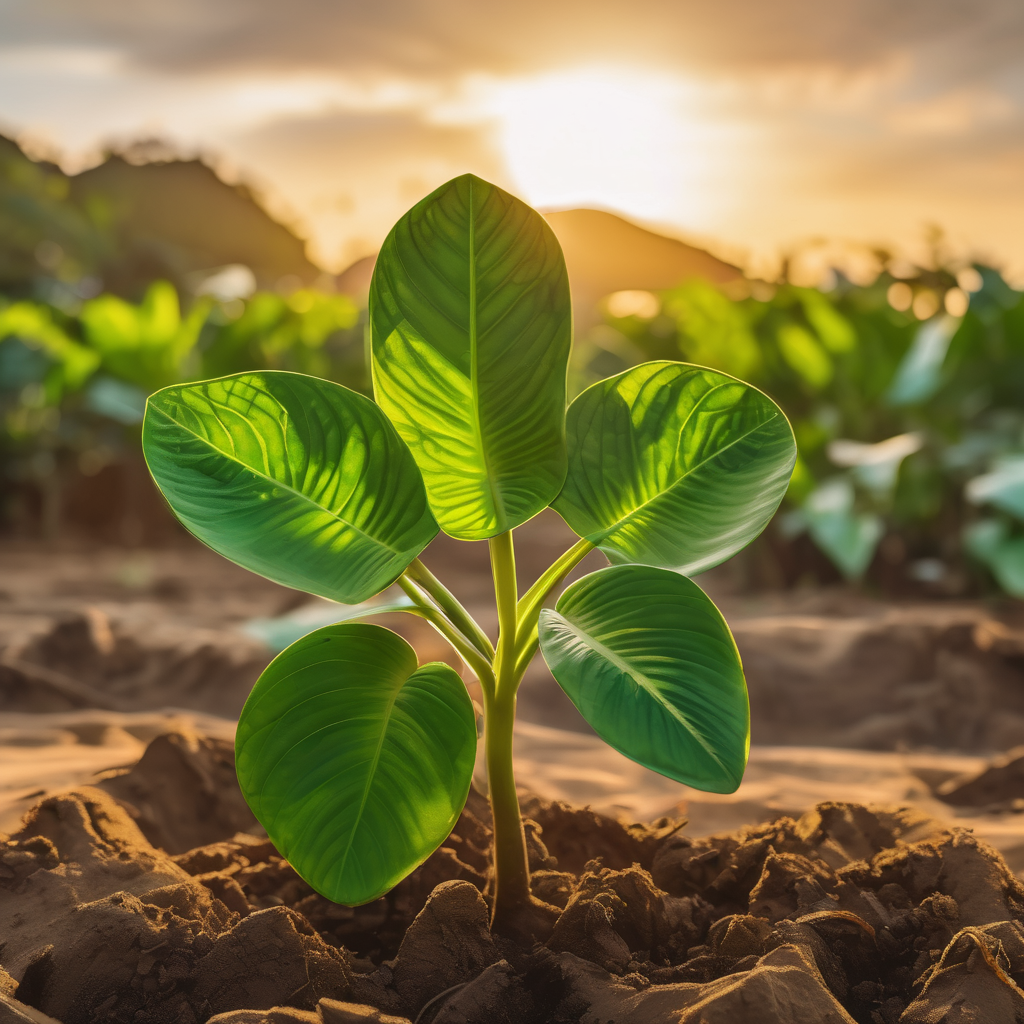Vanuatu’s Minister of Agriculture, Ian Wilson, has announced an ambitious national initiative aimed at planting 10 million new kava plants by the year 2030 to boost production and enhance the local economy. This announcement was made during a recent kava forum, where farmers, exporters, and stakeholders gathered to deliberate on the government’s policy direction for the next five years and to address various challenges facing the industry.
Achieving this noteworthy target will require approximately 1,000 hectares of land, as kava plants are typically spaced one meter apart, allowing for about 10,000 plants per hectare. Minister Wilson highlighted the importance of kava, calling it the most valued crop in Vanuatu, and emphasized the government’s dedication to supporting community growth through this initiative.
In a strategic shift, the Department of Agriculture and Rural Development (DARD) will now focus exclusively on increasing kava production on specific islands, including Gaua, Santo, Maewo, Pentecost, Epi, Efate, and Erromango, rather than across all islands as practiced in the past.
The forum also pinpointed significant challenges such as a labor shortage in male workers, largely due to seasonal job opportunities abroad. Minister Wilson expressed that farmers are eager to turn discussions into actionable strategies and announced plans for the forum to become an annual event, aligning with the Vanuatu Made initiative, which underlines the government’s commitment to local farmers.
To further bolster the kava industry, Wilson revealed plans for collaboration with the Vanuatu Agricultural Research and Technical Centre (VARTC) to investigate various kava species, with an aim to enhance quality and production standards through an upcoming Kava Strategy set for 2026-2030. The government also plans to implement the Kava Act and associated standards while partnering with the Ministry of Finance to ensure that revenue generated from kava supports the sector’s development.
These developments in Vanuatu parallel initiatives in Fiji, where the government is also focused on increasing kava production and quality to satisfy rising international demand. With Fiji experiencing growth fueled by demand from markets like the U.S., Vanuatu’s proactive strategies could similarly create economic opportunities and underscore the cultural importance of kava in the Pacific region.
As Vanuatu strives to position itself as a premier producer of quality kava in the Pacific, there is a shared optimism regarding the revitalization of the industry. This initiative not only aims to strengthen local economies but also to reinforce community bonds, showcasing the resilience and commitment of Vanuatu’s agricultural sector. The collective effort to enhance kava production fosters a hopeful outlook, ensuring a sustainable future for both farmers and the kava industry.
